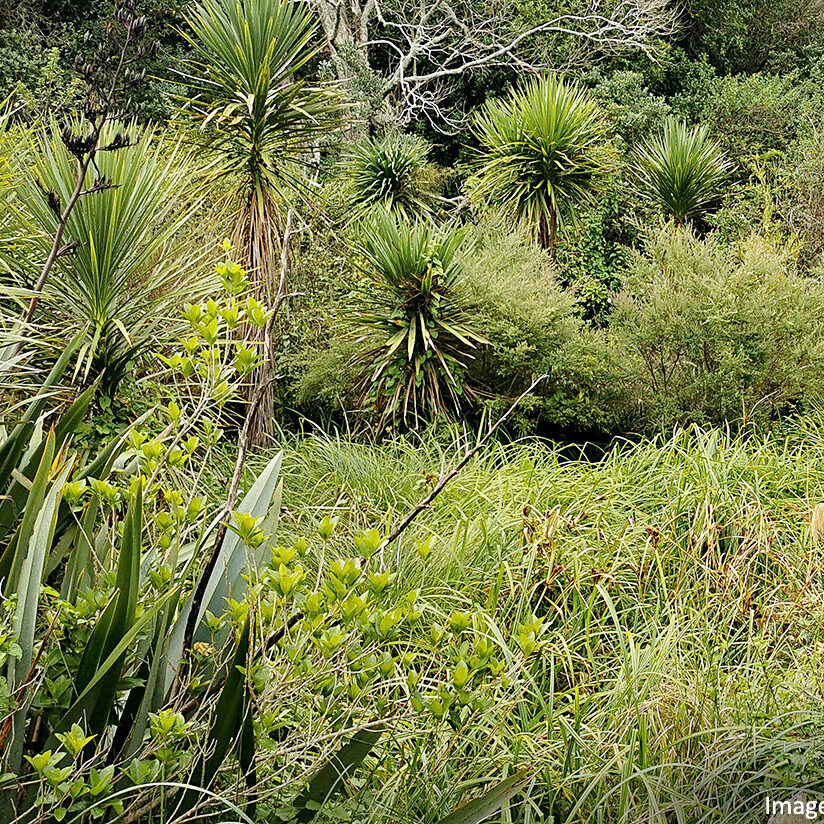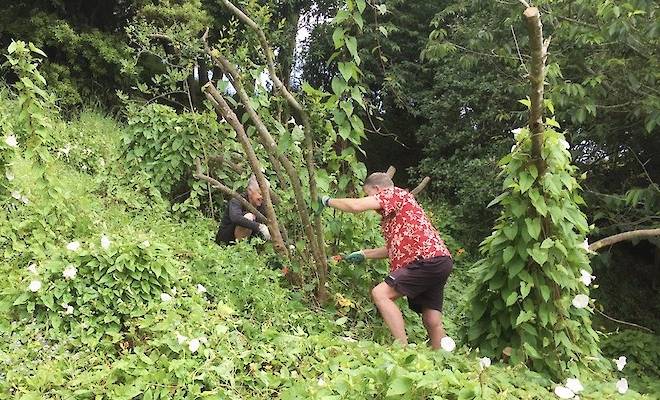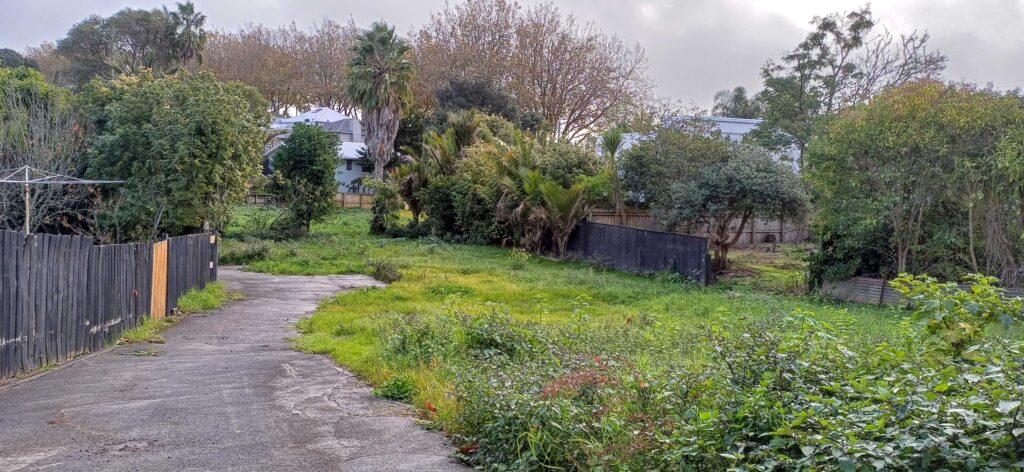Hakanoa Recovery Goup
In the heart of West Lynn, a dedicated group of residents formed the Hakanoa Recovery Group, or HRG.
Hakanoa Reserve is a bush covered area nestled amongst residential properties and stretches between Hakanoa and Sackville streets.
A path through the middle of the reserve connects the two entrances.
HRG aren't just any residents; they are passionate about their community and the land around them, especially after flood recovery efforts left some areas vacant.
The Waitemata Local Board recognised their dedication and supported their efforts to revitalize the area with new plantings.
The HRG is focused on these key areas:
- a property at 33 Cockburn Street
- the newly vacant land nestled between Cockburn, Dryden, and Tutanekai Streets.
- the existing Hakanoa Reserve
To understand what the community truly wanted HRG set up a postbox in the reserve and delivered 392 postcards to homes on nearby streets.
The response was encouraging, with 105 postcards returned, a solid 27% return rate.
The data revealed a clear message.
Out of the responses, 96 people wanted to expand Hakanoa Reserve, while only 3 said no.
An even larger number, 99, wished to connect the reserve to Grey Lynn Park, envisioning a "missing link" in the Grey Lynn Greenway.
Opinions on 33 Cockburn Street were mixed, with some wanting it replaced and others repurposed, perhaps into a performance venue.
Armed with this community feedback, the HRG approached the Waitemata Local Board with specific requests. They asked that the community's voice be heard in decisions about the recovered land, that they receive ongoing information about future plans, and that they be included in the development process.
They also requested the Local Board advocate for local decision-making flexibility, ensuring the community's vision could truly take shape.
The HRG's efforts were about more than just land; they were about preserving history, creating connections, and building a brighter future for West Lynn.
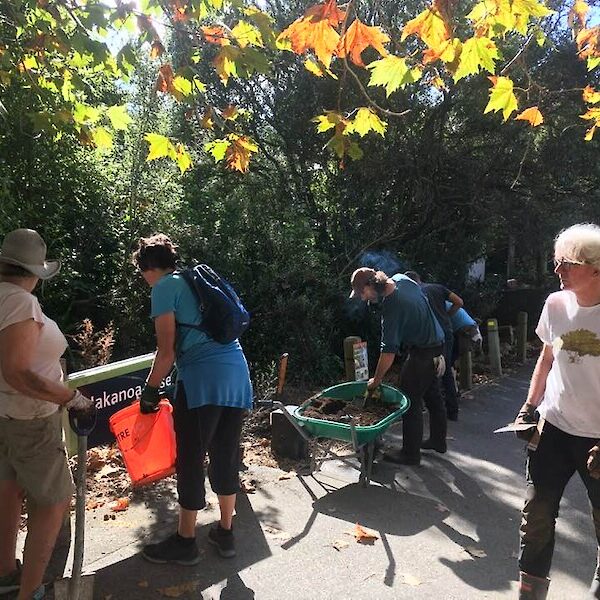
Hakanoa Recovery Group Planting Day
The history of Cox's Bay and the awa shows how much the land has been modified.
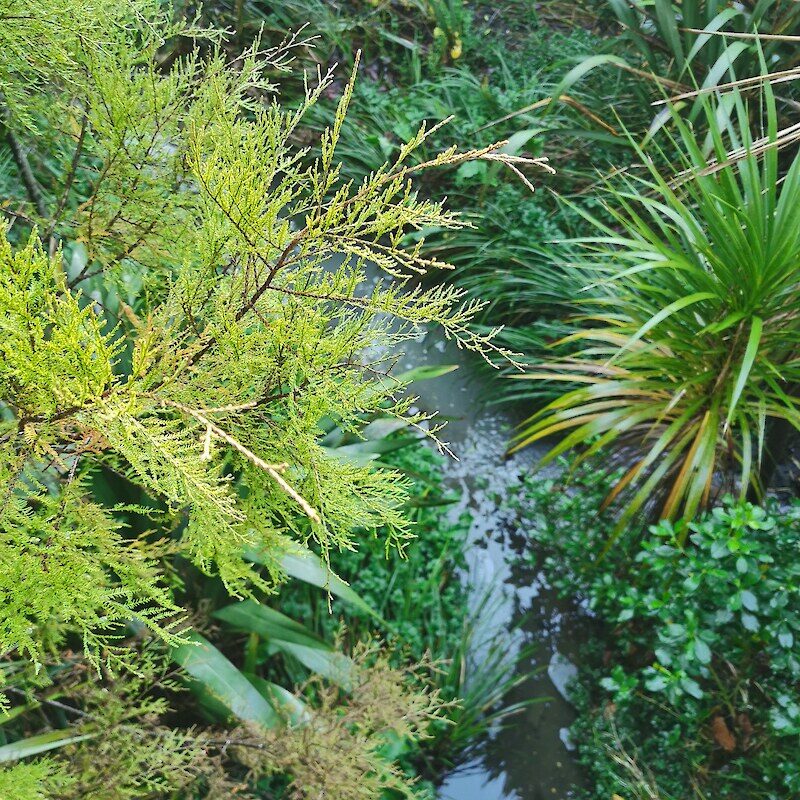
A community walk to explore the lost awa.Opoutukeha, Coxs Creek-and Edgars Creek became raging torrents during the floods
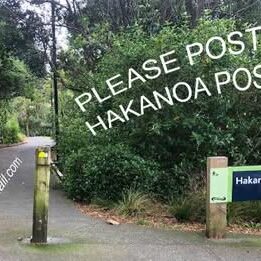
The Postcard campaing to find out local views.
Hakanoa St
Hakanoa St started with the Pollinator Paths. It is also the home of Hakanoa Ginger Beer.
Winter Work: Grey Lynn Weeding, Planting, Bird Counting
Late Autumn and early winter, is the perfect time for planting and weeding. Consequently there are working local bees in the next few weeks. The best time to plant native plants in Auckland is generally during the cooler months, from May to early Spring This allows plants to establish their roots before the hotter, drier…
Read MoreRebekah Hay – Hakanoa Ginger Beer
Our suburb has drink named after it. Hakanoa Handmade Drinks was born in Hakanoa Stree in 2009. Here’s a little more the story of Rebekah Hay the founder of Hakanoa Ginger Beer. This story begins with the classic ginger beer that was brewed in homes all over NZ. When Rebekah Hay was a child…
Read MoreGrey Lynn Park – Understanding the 2023 Flood and the Aftermath
The Night Grey Lynn Park Became a Lake Auckland Anniversary weekend January 2023, Grey Lynn Park experienced the worst flooding in living memory. The consequence of an unprecedented deluge.According to NIWA, the rainfall was so extreme in some areas it equated to an entire summer’s worth falling in a single day, classifying it as a…
Read MoreHakanoa Recovery Group – 33 Cockburn St
What’s happening to 33 Cockburn Street? To date (March 2025) Hakanoa Recovery Group (HRG) had worked alongside the Auckland Council Recovery Office in an effort to have local input into the process of ‘redeveloping’ the affected areas in a way supported by the community. As a result of an HRG- led initiative data was collected…
Read MorePollinator Paths – Winter Planting
Pollinator paths are networks of connected green spaces designed to provide safe passage, refuge, and resources for pollinators like bees, butterflies, and other insects. These paths, often created by linking parks, gardens, and other urban vegetation, help these creatures navigate fragmented landscapes and find food and shelter. Essentially, they act as “stepping stones” between larger habitat patches,…
Read More
